
What is CTV Advertising?
Learn about Connected TV (CTV) ads, their benefits, and how they work. Understand programmatic CTV advertising for effective digital marketing campaigns.
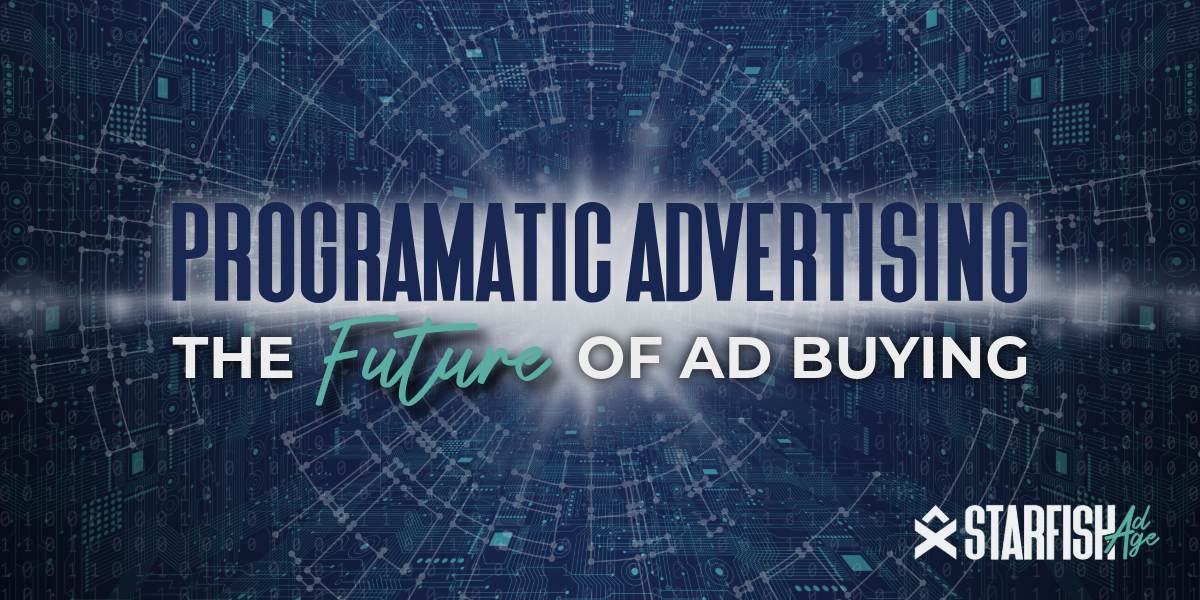
Programmatic advertising is buying and selling digital advertising space using automated processes and data-driven strategies. It enables advertisers to purchase ad inventory in real time, making the ad-buying process more efficient and effective. This approach has transformed digital advertising, allowing for precise ad targeting and improved campaign performance.
Programmatic advertising is an automated method of buying digital ad space using software and data-driven algorithms. It involves real-time bidding (RTB) where advertisers bid for ad impressions in real time, ensuring that ads are shown to the most relevant audience.
Programmatic advertising works by using real-time bidding (RTB) to purchase ad space. When a user visits a web page, an auction takes place in milliseconds, allowing advertisers to bid for the opportunity to display their ad. The highest bidder’s ad is shown to the user almost instantly.
Programmatic advertising offers several benefits, including improved efficiency through automation, advanced targeting capabilities, and enhanced campaign performance. It allows advertisers to reach their target audience more effectively and optimize their ad spend in real time.
Several types of programmatic advertising include programmatic direct, private marketplaces, and open auctions. Programmatic direct involves purchasing ad inventory directly from publishers, private marketplaces are invite-only ad exchanges, and open auctions allow advertisers to bid on ad inventory in real time.
The success of programmatic advertising campaigns can be measured by tracking key performance indicators (KPIs) such as ad impressions, click-through rates (CTR), conversion rates, and return on ad spend (ROAS). Using analytics tools to analyze campaign data helps advertisers make data-driven decisions and optimize their campaigns for better results.
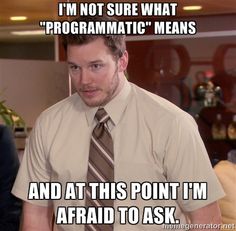
Programmatic advertising refers to the use of software to buy digital ad space automatically. This process replaces traditional methods of buying ad space, often involving negotiations, proposal requests, and manual orders. The entire process is automated with programmatic advertising, allowing for faster and more efficient ad placements.
By using advanced algorithms and vast amounts of data, programmatic advertising ensures that ads are shown to the most relevant audience.
The efficiency of programmatic advertising comes from its ability to process vast amounts of data quickly and make decisions in real time. This allows advertisers to target specific audiences with precision, reducing wasted ad spend and increasing the likelihood of reaching potential customers. Additionally, the automation aspect of programmatic advertising frees up time for marketers to focus on strategy and creative development rather than manual media buying.
Programmatic advertising is an automated method of buying digital ad space using algorithms and data. It simplifies purchasing ad inventory, enabling advertisers to reach their target audience more effectively. Programmatic advertising ensures that ads are shown to the right people at the right time. This method utilizes real-time bidding (RTB) to purchase ad impressions as users interact with online content dynamically.
The automation involved in programmatic advertising allows for a more streamlined and efficient ad-buying process. It reduces the need for manual negotiations and paperwork, enabling faster campaign launches and adjustments. Programmatic advertising also provides detailed analytics and insights, allowing advertisers to optimize their campaigns continuously based on performance data.
Programmatic advertising works by using real-time bidding (RTB) to purchase ad space. When a user visits a web page, an auction takes place in milliseconds, allowing advertisers to bid for the opportunity to show their ad to that user. The highest bidder wins the ad impression, and their ad is displayed almost instantly. This process happens seamlessly behind the scenes, making it highly efficient and effective.
Real-time bidding enables advertisers to target users based on specific criteria, such as demographics, interests, and browsing behavior. This level of precision ensures that ads are shown to the most relevant audience, increasing the chances of engagement and conversion. Moreover, the ability to adjust bids in real time allows advertisers to optimize their spending and achieve better results.
The traditional media buying process involves lengthy negotiations and manual processes. Programmatic advertising streamlines this by automating the ad-buying process. This allows for more efficient ad placements and better targeting of the desired audience. With a programmatic advertising platform, advertisers can quickly adjust their campaigns based on performance data, ensuring that their ads are always optimized for maximum impact.
By automating the ad buying process, programmatic advertising reduces the risk of human error and increases the speed at which campaigns can be launched and adjusted. This flexibility is particularly beneficial in the fast-paced digital advertising landscape, where market conditions and consumer behaviors can change rapidly. Advertisers can respond to these changes in real time, ensuring that their campaigns remain relevant and effective.
Programmatic ad or programmatic media buying involves using technology to purchase digital ad space automatically. This process uses data to make decisions about which ads to buy and where to place them, ensuring that the ads reach the most relevant audience. It is a more efficient way to manage digital advertising campaigns, as it allows for real-time adjustments and optimizations.
The data-driven nature of programmatic ad buying enables advertisers to achieve higher levels of precision in their targeting efforts. By analyzing user data, such as browsing history and online behavior, advertisers can create highly targeted campaigns that are more likely to resonate with their audience. This leads to improved engagement rates and a higher return on investment (ROI) for digital advertising efforts.
Real-time bidding is a key component of programmatic advertising. It allows advertisers to bid on ad impressions in real time. When a user visits a website, an auction for ad placement is conducted, and the highest bidder’s ad is displayed. This ensures that advertisers can reach their target audience at the right moment, maximizing the effectiveness of their campaigns.
RTB provides a level of flexibility and efficiency in online advertising, that is unmatched by traditional ad-buying methods. Advertisers can set specific criteria for their bids, ensuring that their ads are only shown to users who meet their target audience profile. This not only improves the relevance of the ads but also helps advertisers manage their budgets more effectively by avoiding wasted impressions on uninterested users.

There are several types of programmatic advertising, each with its own advantages and use cases. Understanding these types can help advertisers choose the best strategy for their campaigns. The main types include programmatic direct, private marketplaces, and open auctions, each offering different levels of control and access to ad inventory.
Programmatic direct involves purchasing ad space and inventory directly from publishers without the need for real-time bidding. This method allows for greater control over ad placements and is often used for premium inventory. By securing ad space in advance, advertisers can ensure that their ads appear on high-quality sites that align with their brand values.
Programmatic Direct is particularly useful for advertisers looking to secure guaranteed placements on specific sites. This method provides transparency and control over where ads are shown, which can be important for maintaining brand safety and ensuring that ads are displayed in a suitable context. It also allows for negotiated rates and preferred access to premium ad inventory.
Private marketplaces are invite-only ad exchanges where publishers offer their ad inventory to a select group of advertisers. This type of programmatic advertising provides access to high-quality ad placements and allows for better targeting of specific audiences. Private marketplaces combine the benefits of programmatic buying with the assurance of premium inventory.
Advertisers in private marketplaces can benefit from reduced competition and more favorable pricing compared to open auctions. This setup also provides more control over ad placements and helps maintain brand safety. Additionally, the curated nature of private marketplaces ensures that ads are shown on reputable sites, enhancing the overall effectiveness of advertising campaigns.

Programmatic advertising relies on various platforms to facilitate the ad-buying process. These platforms use data and algorithms to optimize ad placements and improve campaign performance. Understanding the different types of platforms involved in the programmatic advertising process can help advertisers make informed decisions about their media buying strategies.
Demand side platforms (DSPs) are used by advertisers to purchase ad inventory. These platforms connect to multiple ad exchanges and provide tools for managing and optimizing ad campaigns. DSPs enable advertisers to buy ad space in real time, ensuring that their ads reach the right audience at the right time.
DSPs offer advanced targeting capabilities, allowing advertisers to segment their audience based on various criteria, such as demographics, interests, and online behavior. This level of precision helps improve the relevance and effectiveness of ad campaigns. Additionally, DSPs provide detailed analytics and reporting, enabling advertisers to track performance and make data-driven decisions.
Supply-side platforms (SSPs) are used by publishers to sell their ad inventory. These platforms connect to multiple ad exchanges and help publishers maximize their revenue by selling ad space to the highest bidder. SSPs play an important role in the programmatic advertising ecosystem by ensuring that publishers can efficiently manage and monetize their ad inventory.
SSPs provide publishers with tools to control the pricing and availability of their ad inventory. By using SSPs, publishers can optimize their ad placements and ensure that their inventory is sold to reputable advertisers. This not only maximizes revenue but also helps maintain the quality and integrity of the publisher’s content.
Ad exchanges and networks are essential components of programmatic advertising. They provide the infrastructure needed to facilitate the buying and selling of ad inventory. Understanding the roles of ad exchanges and networks can help advertisers and publishers navigate the programmatic advertising landscape more effectively.
Ad exchanges are digital marketplaces where advertisers and publishers buy and sell ad inventory. These platforms facilitate real-time bidding for ad exchange and ensure that ads are placed in front of the right audience. Ad exchanges play a key role in programmatic advertising by connecting buyers and sellers and enabling efficient transactions.
By participating in ad exchanges, advertisers can access a wide range of ad inventory from multiple publishers, increasing their reach and targeting capabilities. Ad exchanges also provide transparency and accountability, as all transactions are tracked and recorded. This helps advertisers ensure that their ad spend is used effectively and that their ads are shown to the intended audience.
Ad networks aggregate ad inventory from multiple publishers and sell it to advertisers. They provide a way for advertisers to reach a broader audience and simplify the ad-buying process. Ad networks are an important part of the programmatic advertising landscape, offering a streamlined solution for advertisers looking to expand their reach.
Ad networks categorize ad inventory into segments based on factors such as audience demographics and content type. This segmentation allows advertisers to target specific audiences more effectively. Additionally, ad networks often offer bundled pricing and packages, making it easier for advertisers to plan and budget their campaigns.

Programmatic advertising offers several benefits that make it an attractive option for advertisers. These advantages include improved efficiency, better targeting, and enhanced campaign performance.
Programmatic advertising automates the ad-buying process, reducing the need for manual interventions. This leads to faster and more efficient ad placements, allowing advertisers to focus on strategy and optimization. The automated nature of programmatic advertising also helps minimize human error and ensures that campaigns are executed flawlessly.
The efficiency of programmatic advertising extends to campaign management and optimization. Advertisers can quickly adjust their bids, targeting criteria, and creative assets based on real-time performance data. This flexibility allows for continuous improvement and helps maximize the return on investment (ROI) for digital advertising efforts.
One of the main benefits of programmatic advertising is its advanced targeting capabilities. By using data, advertisers can ensure that their ads are shown to the most relevant audience. This increases the likelihood of engagement and conversions, as the ads are tailored to the specific interests and behaviors of the target audience.
Programmatic advertising allows for precise audience segmentation based on various factors, such as demographics, location, interests, and online behavior. This level of granularity enables advertisers to create highly personalized and relevant ad experiences. Better targeting not only improves the effectiveness of ad campaigns but also enhances the overall user experience.
Understanding the cost of programmatic advertising is essential for planning and budgeting. The cost can vary depending on several factors, including the type of ad inventory, targeting options, and competition. By analyzing these factors, advertisers can make informed decisions about their ad spend.
Several factors can influence the cost of programmatic advertising. These include the quality of the ad inventory, the level of competition for ad space, and the targeting options used. Advertisers need to consider these factors when planning their budgets. Premium inventory, for example, tends to be more expensive due to its higher quality and better placement opportunities.
Another factor affecting cost is the type of ad format used. Video ads and interactive banner ads typically have higher costs compared to standard display ads due to their higher engagement potential. Additionally, advanced targeting options, such as demographic and behavioral targeting, can increase costs but also improve the relevance and effectiveness of the campaigns.
To effectively manage ad spend, advertisers should use tools and strategies that optimize their campaigns. This includes setting budget limits, monitoring performance, and making adjustments as needed. Proper management of ad spend can help maximize the return on investment (ROI) and ensure that advertising dollars are used efficiently.
Advertisers can use demand-side platforms (DSPs) to set bid limits and allocate budgets across different campaigns and targeting options. Regularly reviewing campaign performance data allows advertisers to identify areas where adjustments are needed. By optimizing bids and reallocating budgets based on performance insights, advertisers can achieve better results and make the most of their ad spend.
Developing effective programmatic advertising strategies is key to achieving success. These strategies should focus on targeting the right audience, optimizing ad placements, and measuring performance. By implementing a well-thought-out strategy, advertisers can maximize the impact of their various programmatic marketing campaigns.

Targeting is a critical component of any programmatic advertising strategy. By using data to identify the most relevant audience, advertisers can ensure that their ads reach the people most likely to engage with them. This leads to higher conversion rates and better campaign performance.
Effective targeting involves segmenting the audience based on various criteria, such as demographics, interests, and online behavior. Advertisers can use data management platforms (DMPs) to gather and analyze audience data, enabling them to create detailed audience profiles. By targeting specific segments with tailored messages, advertisers can improve the relevance and impact of their campaigns.
Optimizing ad placements involves selecting the best ad inventory and adjusting bids to maximize visibility and engagement. By continually monitoring and optimizing placements, advertisers can improve the effectiveness of their campaigns. This includes analyzing performance data to identify high-performing ad placements and reallocating budgets accordingly.
Advertisers can use supply-side platforms (SSPs) to access premium inventory and ensure their ads are displayed on reputable sites. Additionally, using real-time bidding (RTB) allows advertisers to dynamically adjust bids based on the value of each impression. This ensures that ad spend is focused on the most valuable placements, improving overall campaign performance.

Measuring the performance of programmatic advertising campaigns is essential for understanding their effectiveness. This involves tracking key metrics and using data to make informed decisions. By regularly measuring and analyzing performance, advertisers can identify areas for improvement and optimize their campaigns.
Key performance indicators (KPIs) are metrics used to measure the success of an a programmatic advertising campaign. Common KPIs for programmatic advertising include ad impressions, click-through rates (CTR), and conversion rates. By tracking these metrics, advertisers can gauge the effectiveness of their campaigns and make data-driven decisions.
Other important KPIs include cost per acquisition (CPA), return on ad spend (ROAS), and viewability rates. These metrics provide insights into the cost-effectiveness and impact of the campaigns. Regularly reviewing KPIs allows advertisers to identify trends and make necessary adjustments to improve performance.
Analyzing data from programmatic advertising campaigns can provide valuable insights into what is working and what needs improvement. This involves using analytics tools to track performance and identify trends. By making data-driven decisions, advertisers can optimize their campaigns for better results.
Data analysis helps advertisers understand the behavior and preferences of their target audience. This information can be used to refine targeting criteria and create more relevant ad experiences. Additionally, analyzing performance data allows advertisers to identify high-performing ad placements and creative assets, enabling them to allocate budgets more effectively.
Programmatic advertising can be used in various formats and across different platforms. Understanding how it is applied in real-world scenarios can provide insights into its potential. By exploring programmatic advertising examples, advertisers can gain inspiration for their campaigns.

Display ads are a common format used in programmatic advertising. These ads can include banners, images, and rich media. They are often placed on websites and apps to reach a broad audience. Display ads can be targeted based on user data, ensuring that they are shown to the most relevant audience.
Programmatic display ads offer a high level of flexibility and creativity. Advertisers can use dynamic creative optimization (DCO) to tailor ad content to individual users in real time. This allows for personalized ad experiences that increase engagement and drive conversions. Additionally, display ads can be used to retarget users who have previously interacted with the brand, reinforcing messaging and encouraging repeat visits.
Video ads are another popular format for programmatic advertising. These ads can appear on platforms like YouTube and social media, providing a highly engaging way to reach viewers. Video ads can be targeted based on user data, ensuring that they reach the right audience at the right time.
Programmatic video ads offer several advantages, including high engagement rates and the ability to convey complex messages through visual storytelling. Advertisers can use advanced targeting options, such as demographic and interest-based targeting, to reach specific audience segments. Additionally, programmatic video ads can be integrated with interactive elements, such as clickable calls to action, to drive direct responses from viewers.
As technology continues to evolve, programmatic advertising is expected to grow and become even more sophisticated. Staying informed about future trends can help advertisers stay ahead of the competition. By embracing new technologies and strategies, advertisers can continue to improve the effectiveness of their programmatic campaigns.
Keeping an eye on market trends can help advertisers adapt to changes and leverage new opportunities. Trends such as increased adoption of programmatic advertising and the growth of mobile advertising are important to consider. As more consumers use mobile devices to access digital content, advertisers must ensure that their programmatic campaigns are optimized for mobile.
Another important trend is the increasing focus on privacy and data protection. As regulations like GDPR and CCPA continue to evolve, advertisers must ensure that their programmatic advertising practices comply with them. By prioritizing privacy and transparency, advertisers can build trust with their audience and maintain the effectiveness of their campaigns.

Learn about Connected TV (CTV) ads, their benefits, and how they work. Understand programmatic CTV advertising for effective digital marketing campaigns.
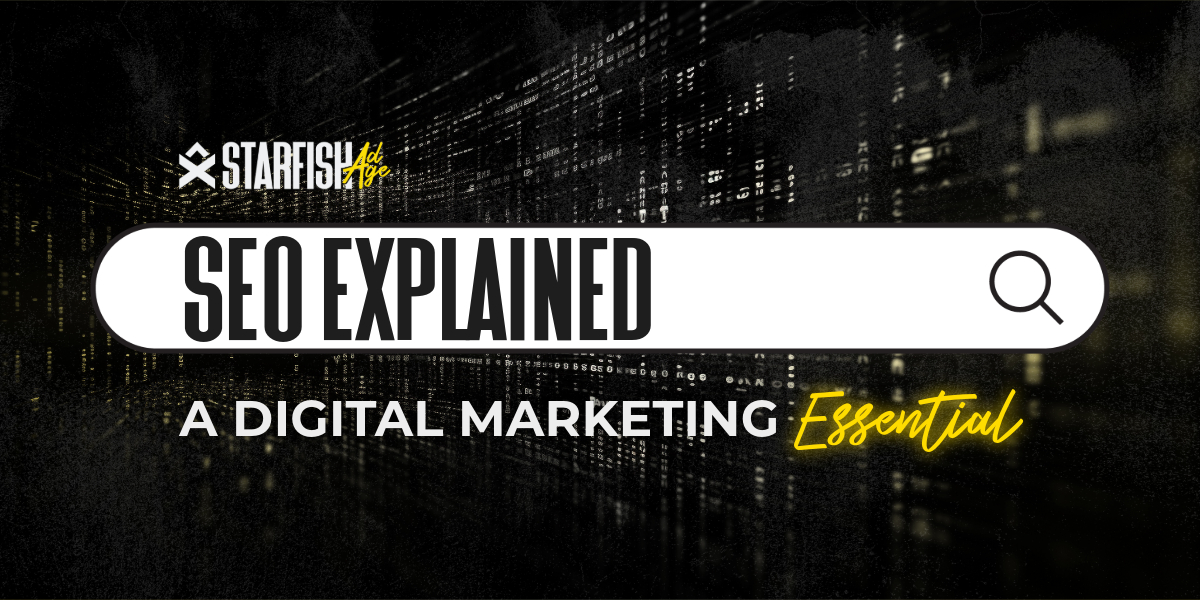
Discover what SEO in digital marketing is and why it matters. Learn how search engine optimization can increase your business’s success.

Learn how to advertise on Google effectively. The basics of Google Ads, from setting up your account to targeting your audience and driving qualified traffic.

Discover how to advertise on Facebook. Learn about Facebook ad campaigns, targeting options, and ad formats to reach your audience effectively.

Discover how to advertise on Facebook. Learn about Facebook ad campaigns, targeting options, and ad formats to reach your audience effectively.

Explore digital marketing essentials for modern businesses. Explore the history, strategies, data-driven targeting, message marketing, and content creation.

Explore digital marketing essentials for modern businesses. Explore the history, strategies, data-driven targeting, message marketing, and content creation.
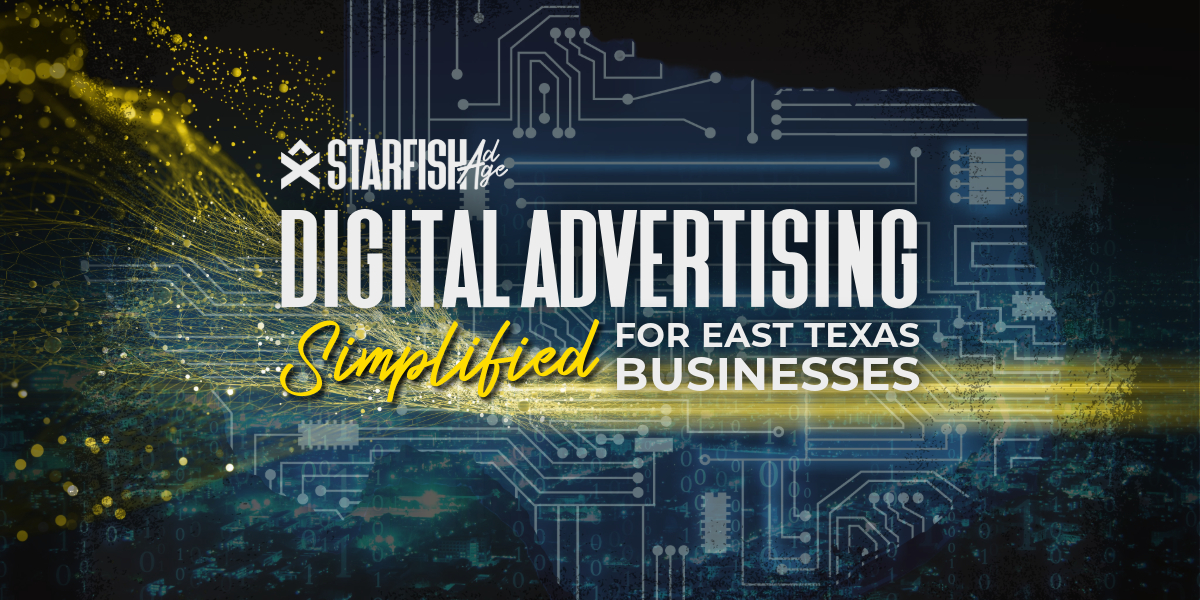
Explore the fundamentals and advanced strategies of how digital advertising works. Learn how to leverage targeted ads, and engage with your audience effectively.

Starfish Ad Age provides tips and strategies for choosing the best advertising platforms to promote your business, ensuring growth and maximizing ROI.

Discover how to get ahead in advertising with effective strategies and insights on how to grow your business in today’s digital environment.

Learn how brand identity, effective logo design, and a cohesive brand strategy can transform your business. Explore essential tips for impactful branding.

Learn how brand identity, effective logo design, and a cohesive brand strategy can transform your business. Explore essential tips for impactful branding.
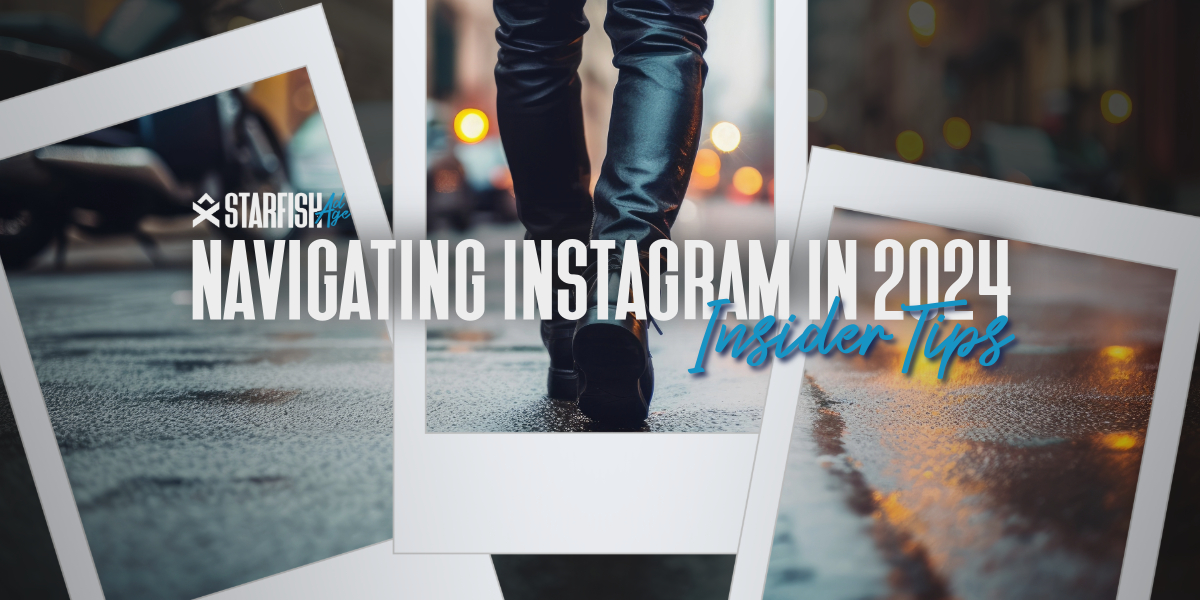
Gain insights from success stories and FAQs to optimize your Instagram strategy and connect with your target audience more effectively than ever before.

Explore the comprehensive guide to the TikTok ban debate in the U.S., including the rise of TikTok, concerns over privacy and national security, and the implications for users and the broader social media landscape.
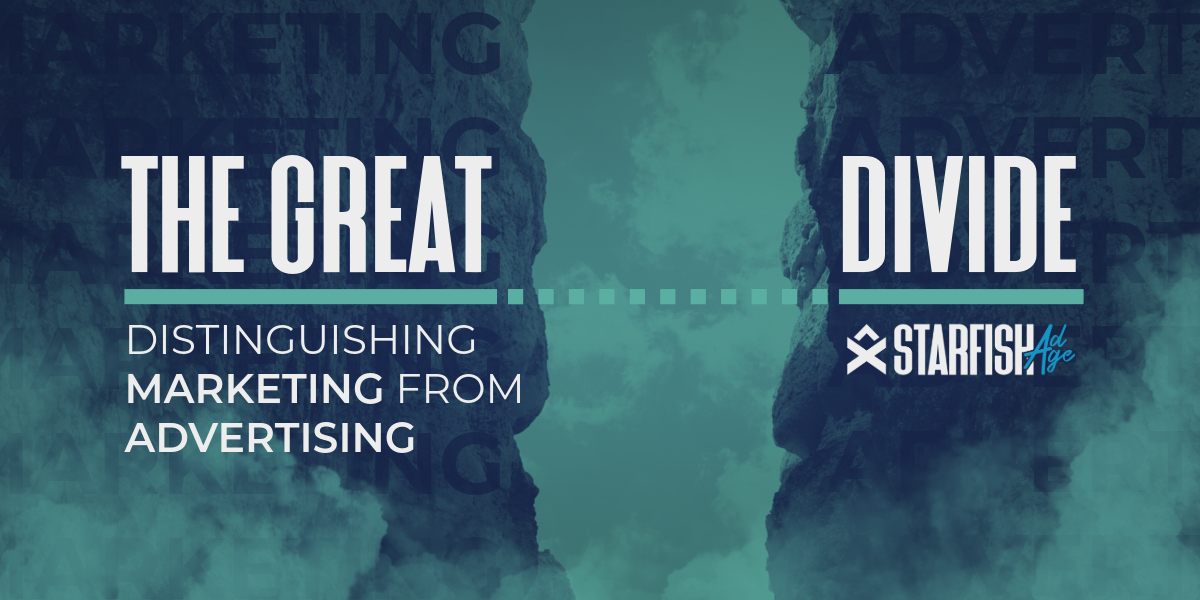
Explore the essential distinctions between marketing and advertising and learn how each plays a unique role in business success.

Discover how social media transforms business promotion, enhancing brand awareness, and driving sales through ads, content, and influencer partnerships.

Discover how AI enhances efficiency while human creativity remains essential. Learn what AI can and can’t do, its benefits, challenges, and the future of AI in digital marketing.

Discover key strategies for East Texas businesses to engage audiences and enhance marketing with short-form videos.

What is inclusive marketing, and how can it transform your brand’s relationship with diverse audiences?

In marketing, the impending demise of third-party cookies is not just a challenge; it’s an opportunity to innovate.

This guide simplifies this complex process and provides a clear roadmap towards becoming proficient in digital advertising.

Google’s Gemini stands as a beacon of innovation in the AI world. This advanced AI model showcases the company’s relentless pursuit of technological excellence.
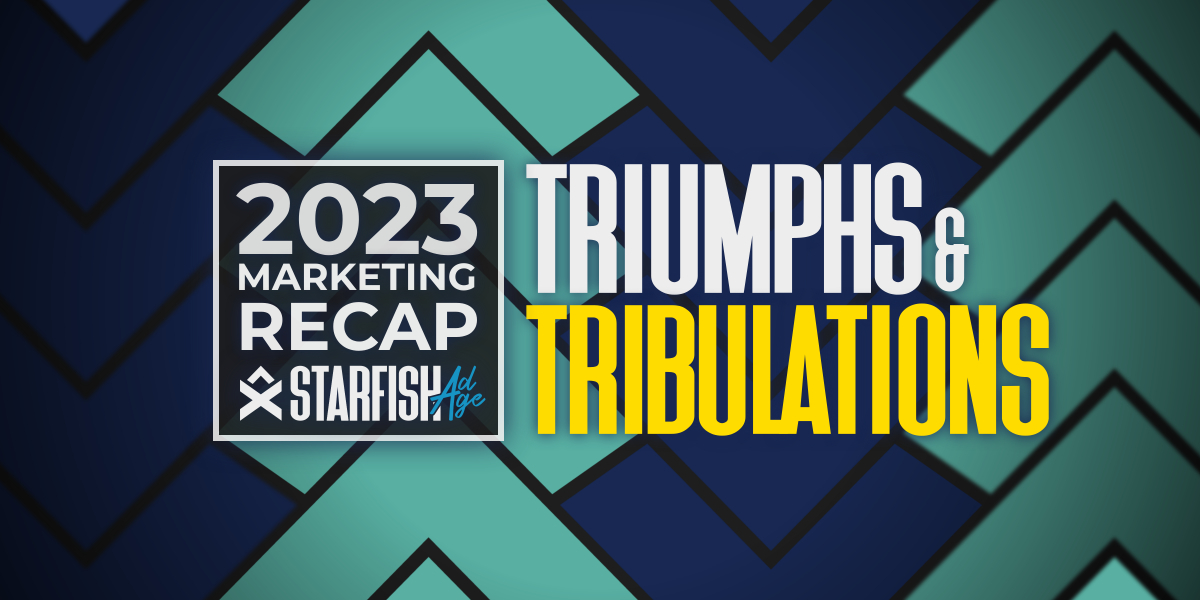
The year 2023 has been a rollercoaster in the marketing world, marked by groundbreaking campaigns and a few notable missteps. From nostalgia data-driven strategies to purpose-led marketing, brands have navigated the complex landscape with varying degrees of success.

Introduction to Customizable ChatGPT Welcome to the future of Artificial Intelligence (AI) where ChatGPT, AI model developed first by OpenAI, is not just a tool but a revolution in digital
All Rights Reserved | Starfish Ad Age LLC | 2023 | Privacy Policy